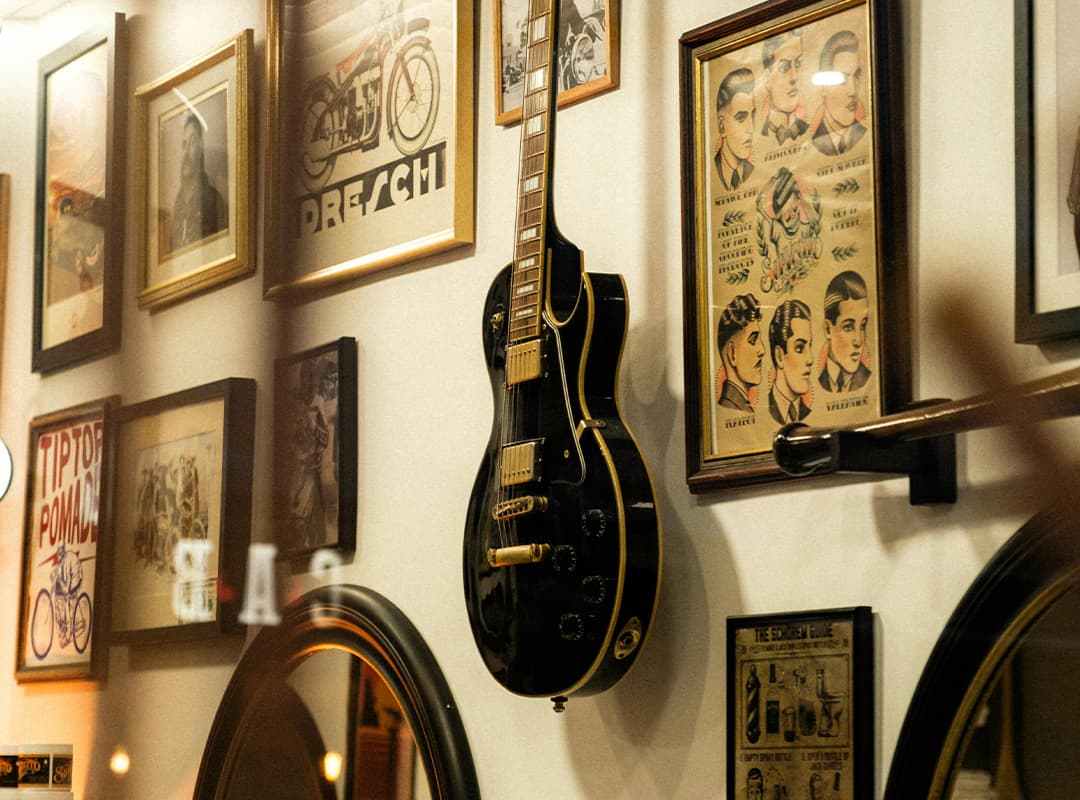The museum tells the story of how music in the United States and around the world has roots in black culture. Popular genres, from blues to rock ‘n’ roll, country and jazz, date back to the arrival of Africans in the United States in the 1600s, who brought with them a strong musical heritage.
Visitors can walk to the rhythm of American history and music through specially selected galleries such as Rivers of Rhythm, Wade in the Water, One Nation Under the Groove, and The Message.
There are seven galleries where visitors can see more than 1,500 authentic artifacts from all eras of American music. Lucille’s BB King guitar, Ella Fitzgerald’s Leopard Coat and a trumpet belonging to Louis Armstrong are on display along with a host of other memorabilia. You can even flex your vocal cords to the tune of Oh Happy Day with a virtual gospel choir!
Nashville has become known as “Music City” since the international tour of the Fisk Jubilee Singers, a vocal ensemble formed in 1871 at the historically African-American Fisk University. They have even performed for Queen Victoria. Thanks to the famous ensemble, Nashville earned its nickname and became known as a haven for black Americans composing and performing music.
Since then, the city has also become famous for white country-style singers, musicians, and recording studios. Nashville is home to more than 180 establishments that have hosted famous musicians such as Johnny Cash and Dolly Parton.
However, as the museum emphasizes, African-American music plays an equally important role in Nashville. Jefferson Street in particular became a center for rhythm and blues and musicians performing this style of music in the 1960s.
The history of Nashville and NMAAM serve as evidence not only of the success of black musicians, but also of their influence on performers of other genres of American music.
